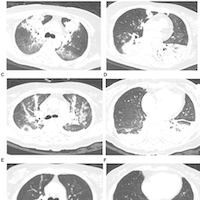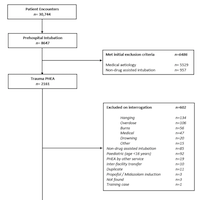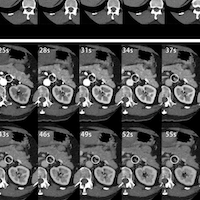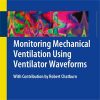Coronary Sinus Value During CTPA for Predicting Pulmonary Hypertension in Patients with Acute Pulmonary Embolism
journals.lww.com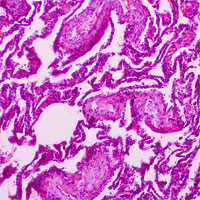
The coronary sinus ostium area (CSOA) and coronary sinus ostium diameter (CSOD) demonstrated a good ability to predict PH. However, the CSOA exhibited a better performance for predicting development of PASP >30 mmHg. CSOA can be easily calculated in daily clinical practice and can be used to guide therapeutic decision-making.
This study retrospectively analyzed 78 patients with acute PE confirmed by computed tomography pulmonary angiography (CTPA) at the Sixth and Eighth Medical Centers of the People’s Liberation Army General Hospital between June 2018 and June 2020. Patients were categorized into 2 groups using a pulmonary artery systolic pressure (PASP) cut-off of 30 mmHg. CTPA parameters were compared between these groups.
Patients with PASP >30 mmHg (n = 22) had a larger CSOA, CSOD, RV diameter, RV/LV ratio, and inferior vena cava diameter compared with patients with PASP ≤30 mmHg (n = 56).
The CSOA had an area under the receiver-operating characteristic curve (AUC, 0.84; 95% confidence interval (CI), 0.74–0.94; P < 0.001) similar to that of the RV/LV ratio (AUC, 0.85; 95%CI, 0.73–0.99; P < 0.001), while that of the CSOD was smaller (AUC, 0.66; 95%CI, 0.51–0.81; P < 0.05).

